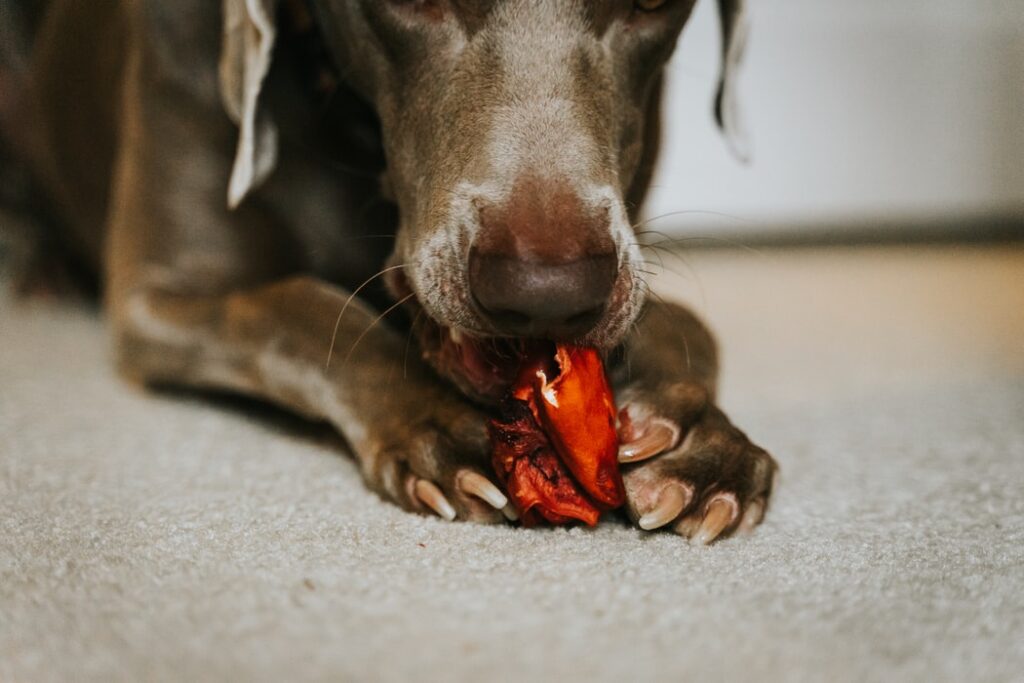Dry and wet dog food brands seem to be in a never-ending competition. Every player promises high-quality ingredients or finger-licking recipes that will meet all your pet’s nutritional needs. Other trends include raw and fresh food options that broaden consumer choices, leaving many more confused about their pets’ best pick. It is hard to tell the brand that will genuinely improve your dog’s health and what is a fad.
There is no one right food for every dog. It is even worse when one has multiple dogs with different nutritional needs. Here are some things to consider when choosing the type of food that is good for your dog.
Age and activity level

Your pet’s physical attributes, behavior, and overall health are crucial when choosing an appropriate dog food. Senior dogs need fewer calories per day compared to pups and lactating mothers. Breeds that are energetic and highly active require more calories than the couch potato breeds that are love lazing around. Balancing the right amount of calories, will save your dog health issues associated with obesity, which is common in most pets.
Some brands formulate breed-specific foods, but most only distinguish large breed versus small breed formulas. The main difference here may be the kibble size, but it is crucial to feed your dog what they can comfortably consume safely.
Know the Code Words

Understanding the buzz words on the packaging is crucial. Simple names like “Chicken Dog Food” or “Beef for Dogs” indicate that the listed protein makes 95 percent of the total product, without the water content. With water, the results meet the 70 percent threshold.
“Salmon Dinner for Dogs” and “Chicken Stew Dinner” means that the package contains only 25 percent of the protein level. Words like platter, nuggets, formula, and entrée are code words that help you understand the content and nutritional status. When there are multiple ingredients on the product label, all of them combined should reach 25 percent of the total product.
The phrase “with salmon,” “with cheese,” or “with anything indicates that the food should contain 3 percent of the mentioned ingredient. A label that reads “Beef Dinner for Dogs with Cheese” implies that the food contains 25 percent beef and 3 percent cheese.
When the brand claims that the food is “chicken or beef flavor, there only needs to be traceable amounts of chicken or beef – enough for a dog to detect the taste.
Learn to Read the Ingredients

The label lists ingredients based on meats or meat meals and weight, which take the top spots as they contain high water content. Pick food with a meat meal as the first ingredient since dogs are omnivorous. In an extreme allergic reaction, you can consider feeding your dog on vegetarian diets.
Food with meat labels can include animal skeletal muscle, heart tissue, and esophagus, among other things. In some cases, it provides gristle and fat like most meat products for human consumption. On the other hand, “meat by-product” refers to non-rendered animals sans meat and can include things like kidneys, brain, bone, blood, and more. AAFCO approved by-products should not have teeth, hair, hooves, or horns. The term “meat meal” is a description of any rendered product animal tissue.
Avoid products that have grain, a vegetable like corn, tuber as the first ingredient. Just because corn is digestible in its ground form, it does not have high nutritional value. On the contrary, corn has unimpressive mineral and vitamin content and low protein levels. Most manufacturers prefer this carbohydrate for its cost factor as it is inexpensive. While corn is not bad for dogs, do not be carried away by the marketing noises exaggerating its nutritional benefits. Also, watch out for the calories intake.
Check the Nutritional Adequacy Statement

The adequacy statement is usually with the other nutritional information on the food package. It may imply that the dog food is complete and nutritionally balanced suited for all life stages, or puppies, or adult dogs. Check for foods with approval from bodies like AAFCO since the vetting boards ensure that the content has the nutritional value indicated.
Consult a Vet when switching foods
If you suspect that your furry friend has an allergy or food reaction, visit your vet. You may consider switching to a grain-free diet if you suspect that your friend has is intolerant to it. But first, see a doctor to guide you and proper diagnosis.
In case your dog develops stomach upsets, diarrhea, vomiting, or excessive licking of paws after eating, it may be a sign of food allergy or intolerance.
Do your Homework

While trusted dog food brands do everything to ensure that your pet gets the best products, you should do your homework. Once you settle for nutritionally-balanced dog food and treats that your pet will love, research the manufacturer to ensure appropriate sourcing of ingredients and quality control. Pet food governing bodies do not require manufacturers to list these things on the label, but the information will give you peace of mind. It is also good to know what you are feeding your furry friend.
Settle for products that are accessible and affordable. Remember food one of the dog’s basic needs, hence a recurring cost.
Conclusion
Individual factors and personal preferences may influence your choice of dog food. However, there are more critical factors like the ones listed above. With the wide selection in the stores and the marketing hype, both new and parents find it hard to settle for dog food. Since you will need a variety of foods, narrow down to a few trusted brands like Tail Bangers that offers treats for different occasions and daily menu. As a pet parent, you owe your dog best choices, which starts with a healthy diet. Always go for high quality foods with equally good quality ingredients with more nutrients and less filler.
